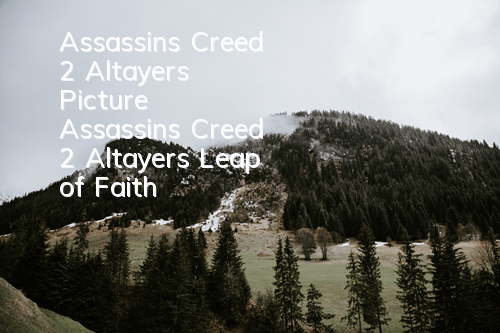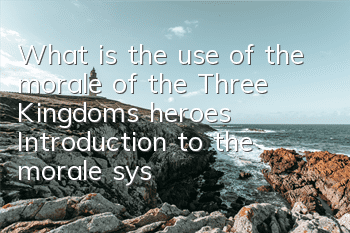I wonder if you still remember the sentence nothing is true, everything is permitted. Everything is empty, everything is acceptable.
The release of Assassin's Creed in April 2008 laid a solid foundation for the later Assassin's Creed series and had a profound impact on the sequels in the following years. Today, I will briefly introduce the first assassin I came into contact with Altaïr, the first assassin I came into contact with when playing Assassin's Creed series, and some background settings of the game.
Altay
Altaïr Ibn-La'Ahad (1165-1257), was a Syrian assassin in the medieval period. The game's story takes place during the Third Crusade. He is the protagonist of two other games, "Assassin's Creed: Altaïr Chronicles" and "Assassin's Creed: Bloodline".
Altaïr is a word in Arabic that can be understood as "flying eagle". On Altaïr's clothing, there is a protruding point at the front end of the hood, just like the eagle's beak, and then there is a long crack at the back end of the jacket, just like the feathers at the eagle's tail. In the subsequent works, most assassin's hoods follow this setting; of course, Grandpa Edward, the protagonist of our Assassin's Creed 4, does not have a hawk hood, after all, they are pirates.
Altay
Altaire's typical outfit is a white hooded robe with a variety of deadly weapons in the leather weapon bags on the waist, back and arms. Secondly, as an assassin, parkour is a must-have skill. Altay is agile and good at climbing. He often shuttles through various walls and eaves. However, Altay is afraid of water, and once he falls into the water, he will lose synchronization (death). People often joke: "Solvent in water". I think this is the place that my potato company did not perfect when designing the first game.
Altay
When it comes to assassins, of course we have to mention the Leap of Faith. Leap of Faith is a major feature of the "Assassin's Creed" series. Basically, as long as there is a haystack under the building you are building (you can also jump into the sea in subsequent works), you can complete your "faith" no matter how high you jump. When I was playing assassins, I often jumped up to faith and then lost synchronization in the next second. The foot-picking operation caused my friends to be a "assassin without faith."
Altaire—Leap of Faith
As an assassin, assassination skills are a must-have for home travel, and Sleeve Arrow is the most commonly used assassin weapon for assassins. It is a retractable blade equipped on the wrist. In Altaïr's era, using sleeve arrows had to pay a price, which was to cut off the ring finger. This was the need for sleeve arrows to retract, and it also symbolized the promise of the assassin's belief. Because of this, assassins back then were often recognized because they lacked ring fingers. Later, it was improved in Assassin's Creed 2 to set the ring fingerNo more needed.
Altaire's sleeve arrow
Altaire's sleeve arrow
When he was young, Altay, with the help of undercover Harras, the Templars successfully captured Masyaf. Altayer rushed back to Masyaf from another place to rescue him and met Abbas in the village at the foot of the mountain. Although Abbas felt that they could no longer rescue Almorin and should retreat quickly, Altay rushed in alone. He asked Abbas to lead the remaining assassins to ambush the Templars from the flanks, lead them into the valley, and warn him not to go wrong.
Altayne killed Masyaf all the way from the village and rescued many villagers in the middle. When he arrived at the entrance of the castle, he met the temple undercover Haras. Halas closed the door and prepared to execute prisoners, including Almorin. Altay climbed into the castle from the wall, and he sneaked up along the edge of the wall to above Haras, jumped down and killed him, and saved Almorin. Since then, Altayne has won the respect of Almorin and became the master of assassin.









